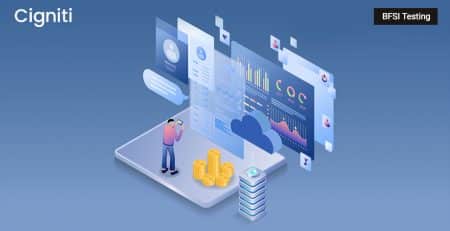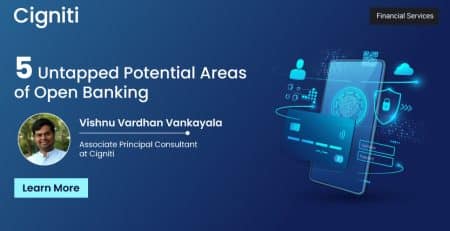6 Factors to Consider While Implementing a Buy Now, Pay Later (BNPL) Program
Buy now, pay later (BNPL) is a type of short-term financing provided to consumers to purchase instantly and pay at a future date. The process involves multiple players, such as consumers, financiers, and merchants. The financier carries out a soft credit check on the customer and returns a decision within seconds. Financiers pay merchants on behalf of consumers when they purchase goods or services.
The consumers later repay these payments over time in equal periodic installments. The number of installments and the length of the repayment period differ depending on the BNPL financier. The financier offers this service for free to the customer. So how do BNPL financiers earn from this system?
BNPL financiers take a fee from the merchant’s purchase price. This fee tends to be higher than credit or debit card transactions. Financiers charge a late fee when consumers fall behind on payments and sell delinquent accounts to debt collection agencies.
Benefits and Differences of BNPL Over Other Lending Methods
Consumers get a 0% line of credit without any complicated application process. Target customers like students, freshers, and homemakers find this attractive. Retailers’ sales increase as BNPL customers increase their spending, and they also need not bother with collection.
BNPL has spread across different spending zones, from buying products to paying for hotel rooms. BNPL thus serves as a strong alternative to traditional payments with a flourishing future. BNPL brings the below churn in the industry:
- Increase the purchasing capacity of consumers
- Increase competition among retailers
- Partnerships with BNPL providers, high-value retailers, and payment providers
Here are some of the differences between BNPL over other lending methods.
| BNPL | POS Lending/Credit Card |
| Typically used for smaller purchases | It is used for larger purchases |
| No credit check/traditional underwriting. May use ‘soft check’ as part of customer identity verification. | Requires typical credit check/underwriting |
| No hidden charges | It may have hidden charges like issuing fees, yearly fee |
| Customers can choose payment frequency at some BNPL providers | Customers cannot select a payment frequency |
What BNPL Providers Need to Consider
A few aspects that BNPL providers need to consider are:
- Low consumer loyalty – A merchant provides the payment option selection; hence, there is nothing to drive loyalty to a specific BNPL provider. The BNPL service provider can build customer loyalty if they offer shopping within their apps and websites and provide a virtualized card option that allows consumers to use them at any merchant.
- Customers tend to use a specific BNPL provider because it is offered on a merchant’s site. This offer makes BNPL providers highly dependent on merchants to drive their business, which is a risk to their business.
- Credit and fraud risk due to non-traditional underwriting.
- BNPL providers may face regulatory scrutiny, which will assess customers’ ability to pay.
6 Factors Organizations Must Consider While Implementing a BNPL Program
To implement a BNPL program, a robust technology ecosystem with features like customer creditworthiness assessment, integration with multiple merchants and payment providers, financier management, offers and discounts, loyalty programs, payment reconciliation, returns, and dispute management is essential.
- Third-party integrations like merchant ecosystem tie-ups, merchant-specific offers, co-financiers, data verification services, and other FinTech service integrations must work in real-time and offer a seamless checkout experience.
- Agile architecture is needed, which allows for new integrations and the flexibility to customize offerings.
- The technology setup needs to be equipped with high-performance analytics, which delivers quicker and better credit decisions.
- Early identification of fraudulent purchases is essential as payment is made after a specific time of purchase. Hence, the BNPL apps need super-efficient and scalable fraud scoring algorithms that enable them to analyze many attributes in real time and accurately filter out false positives.
- A strong security and compliance layer in the BNPL technology setup is needed to protect both the financier and the consumer.
- Adhere to strict laws related to data privacy, data residency, cybersecurity, and payment compliance. Technology platforms must comply with current regulations and have the flexibility to enable future compliance with minimum effort.
The idea behind BNPL is intriguing and closes a significant gap in the current payment infrastructure. Fundamentally, it offers customers a straightforward method to judiciously increase their spending power.
Conclusion
Implementing a real-time BNPL product requires technical acumen, proper architectural choices, and decision-making capability to build versus buy. End-to-end platform testing, including performance, security, compliance, and usability, to ensure all features and functionality are performing seamlessly is equally essential.
Cigniti Technologies is a global leader in providing AI-driven, IP-led strategic digital assurance, software quality engineering, software testing, automation, and consulting services. Cigniti has successfully delivered services for nearly 20 years, implementing its Test Center of Excellence, delivering Managed Testing Services, and providing end-to-end Banking, Financial Services, and Insurance (BFSI) automation and testing services for leading companies in the BFSI industry across multiple geographies.
As the frontrunners of technology advancement, we help leading global enterprises, including Fortune 500 and Global 2000 companies across 23 countries, leapfrog their digital transformation journey and propel them to expand their digital horizons.
Schedule a discussion with our BFSI Testing experts to learn more about implementing Buy Now Pay Later services or integrating a Buy Now Pay Later product for your company.





Leave a Reply